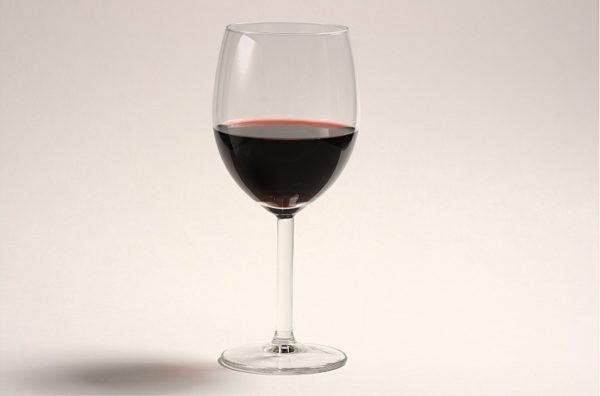
 Umami wine. It’s a no go for some of us.
Umami wine. It’s a no go for some of us.
A new study finds that for those of us who like a glass of wine, there are certain flavours that we just can’t stand.
Researchers from Brock University in St. Catherines, Ontario, tested the link between alcohol consumption and people’s responsiveness to different taste sensations and found that those who are good at perceiving sensations like bitterness and astringency in foods are more likely to be drinkers of all kinds of alcoholic beverages while those of who respond strongly to qualities such as sourness and umami (a savoury, meaty taste) are less likely to drink wine in particular.
“For wine, the individuals most responsive to sourness, astringency and umami consume less. Presumably, these individuals find sourness and astringency aversive,” say the study’s authors from the Department of Biological Sciences at Brock University. “The umami finding is a little unexpected, as there are no reports to suggest that umami is elicited by wine, however many participants commented that they found the umami stimulus unpleasant.”
Studies have shown that many factors influence alcohol consumption including individual genetics, alcohol reactivity and psychological disposition as well as social cues and interpersonal practices. But taste, too, plays a role in who drinks, what they drink and how often.
Not only limited to the so-called five gustatory sensations (sweet, sour, bitter, salty and umami), taste is said to also comprise “chemesthetic” responses like astringency and metallic sensations as well as more brutely physical ones like prickliness, viscosity and heat. Importantly, our ability to sense all of these elements varies from person to person, thus begging the question of how perception of the various taste sensations affects how much and what kinds of alcohol we drink.
Researchers gave taste tests to 435 adults, asking them to rate their responsiveness to a range of taste sensations, and then got them to fill out surveys on their own alcohol consumption habits. What they found was that while sourness responsiveness was inversely related to general alcohol consumption, bitterness and astringency responsiveness were linked to the higher consumption levels, a result not too surprising since these are common flavour qualities attributed to alcoholic beverages.
The study also showed that those who drank less often were found to be generally more responsive to all the sensations examined by the participants, a finding which the researchers say may be evidence of that more finely tuned palettes may dissuade people from drinking. “A limited examination of individuals who abstain from all alcohol indicated a tendency toward higher responsiveness than alcohol consumers to sweetness, sourness, bitterness, and saltiness (biserial correlation), suggesting that broadly-tuned orosensory responsiveness may be protective against alcohol use and possibly misuse,” say the study’s authors.
Research into the complexities of taste have revealed that not only is the act of tasting a matter for the tongue, mouth and nose but also for the eyes. Studies have shown that visual cues about foods influence the flavours we perceive. For instance, people who were given white wine with food colouring in it to make it appear to be red wine reported flavour sensations more typically associated with red wines.
“Years ago, taste was a table with two legs — taste and odour,” says Terry E. Acree of Cornell University’s Department of Food Science, to National Geographic. “Now we are beginning to understand that flavour depends on parts of the brain that involve taste, odour, touch and vision. The sum total of these signals, plus our emotions and past experiences, result in perception of flavours and determine whether we like or dislike specific foods.”
The new study is published in the journal Physiology & Behavior.
Leave a Reply
You must be logged in to post a comment.



 Share
Share Tweet
Tweet Share
Share




Comment